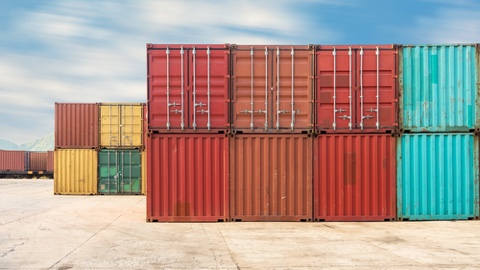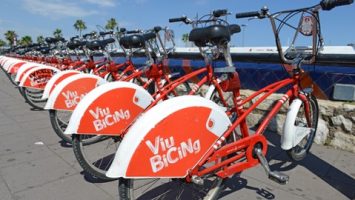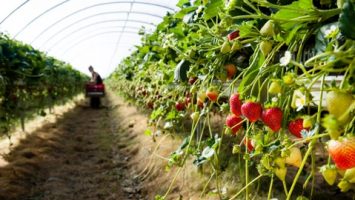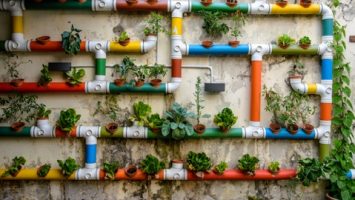
The next generation of urban farming technologies won’t rely on the use of brownfields, vacant lots, or rooftop farms. The use of “controlled-environment agriculture”, or CEA, frees the grower from the limitations of seasons and climate.
“To think that you don’t have to worry about whether it’s going to rain, or whether the sun is too bright because you flick a switch and you know how much light you have, you know how much water is being supplied … that would take a lot of the stress out of agriculture,” says Joel Gruver, associate professor and director of Western Illinois University’s organic research and demonstration farm.
One example of CEA technology is the Leafy Green Machine produced by Freight Farms. Leafy Green machines are built entirely inside a 40’ x 8’ x 9.5’ shipping containers which are outfitted with high efficiency red and blue spectrum LED light strips (the light spectrums required for photosynthesis), a hydroponic system to deliver a nutrient rich water solution, and sensors and controls that regulate temperature and humidity.
A distinct advantage of CEA is the ability to scale up without significantly increasing its ecological footprint. Indoor growers can locate closer to their customers, thus avoiding transportation and storage costs. The A closed loop hydroponic system use as little as only 10 gallons of water a day.
Disadvantages of CEA include the need for skilled workers who can maintain and repair the technology, high-energy costs, and public acceptance of foods grown in artificial environments.
“I think with any high-tech approach, there is a general concern that it’s not natural,” says Gruver. “There’s more potential for unforeseen, unintended consequences.”


